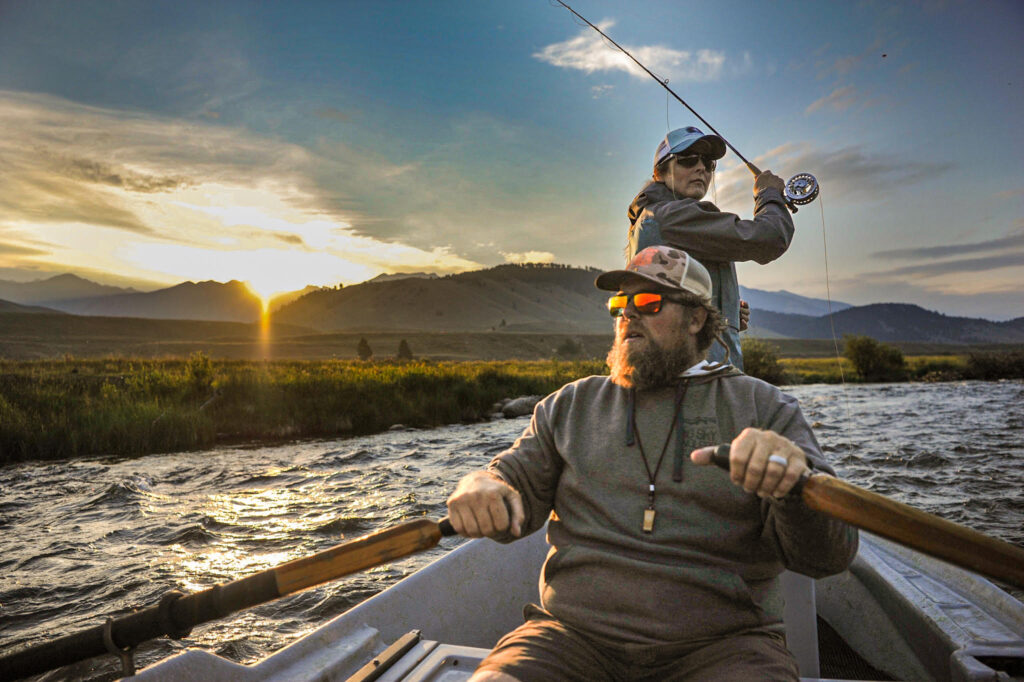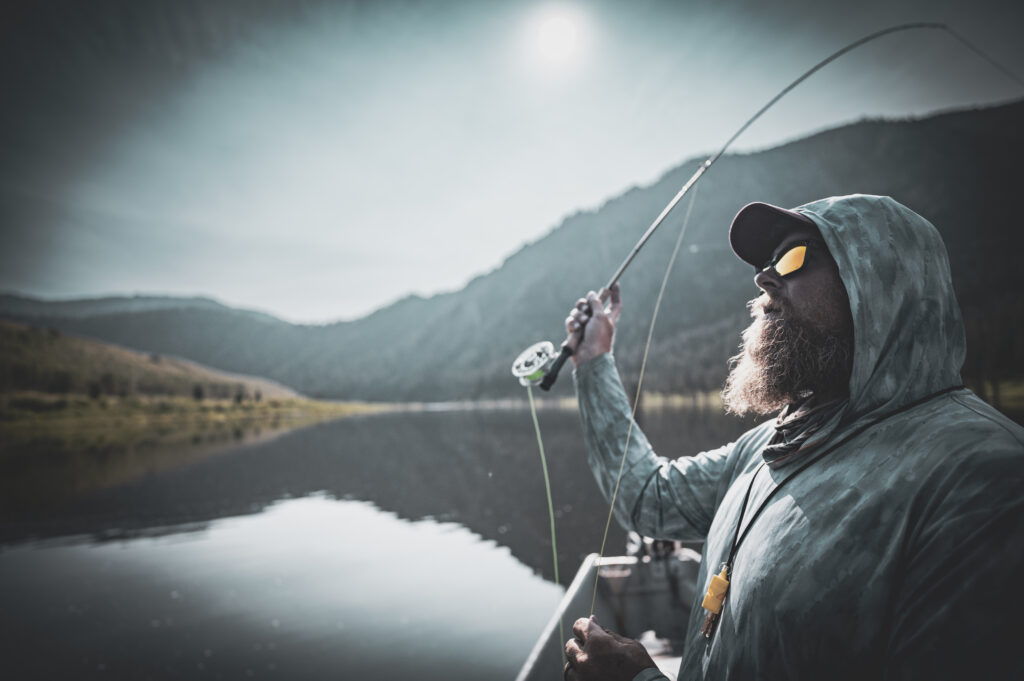Special Delivery | George Daniel | The Double Haul & Cross Body Casting March 26, 2024 – Posted in: Special Delivery – Tags: fly casting, fly fishing

The Double Haul & Cross Body Casting
The Double Haul is probably the most practical cast to learn once anglers are ready to advance past the beginner stage. Although we immediately think distance when talking about the Double Haul, this is not always the case. Yes, this cast is excellent for increasing distance. But perhaps just as important, the Double Haul helps to reduce wear and tear on your dominant, casting hand, arm, and shoulder.
Basic casting with just your rod places 100% of the strain, wear, and tear on your dominant hand. By simply using a quick pull of the line hand, you’re able to create a lot burst of extra energy. This significantly reduces the amount of effort needed to cast with your hand. If you have a problem holding the rod due to an injury or other issue, no problem. As long as you can hold onto the rod and use your line hand to haul– you can cast.
So, when people say there’s no need to learn to Double Haul– I disagree. It is one of the most essential casts any angler needs to master for short or long distance. It equally distributes the physical workload of fly casting to both hands and it can be done with any line weight and rod.
Another essential technique everyone should master is Cross-Body Casting. When you have obstacles or a strong wind preventing you from casting on your dominant side, the ability to cast across your body is a must. One of the best tips I can give for this is to make sure your elbow remains in its “power position”.
Think about how you hold your elbow and hand if you know someone’s going to attack you. Usually your elbow is somewhere close to the body. This elbow position, close to body, gives you power and control not only when defending yourself, but also when fly casting. Anytime your reach or extend your arm, power, energy, and control are lost.
When anglers are forced to cast across their body, many have a tendency of reaching too far and the elbow leaves the power position. Whether casting from the dominant side or casting on the opposite side, we need to remember to keep the elbow in the power position.
To illustrate this as a right-hand fly caster. When I want the cast off my left shoulder, I keep my elbow close to my right rib cage, and then break my wrist towards my left shoulder. My casting hand is between my left and right chest, but the rod tip is now positioned off my left shoulder. Now I can still perform a powerful cast off my non-dominant side, but only because my elbow remains in my power/a.k.a. fighting position.
Anglers often decide to not fish a location because it’s forcing them to cast off their non-dominant side. You don’t have to if you keep your elbow in your power position and just rotate the wrist and the rod tip around the arc.




1 Comment
Mark March 26, 2024 - 19:15
Nice – but a video would’ve been a tad more helpful.